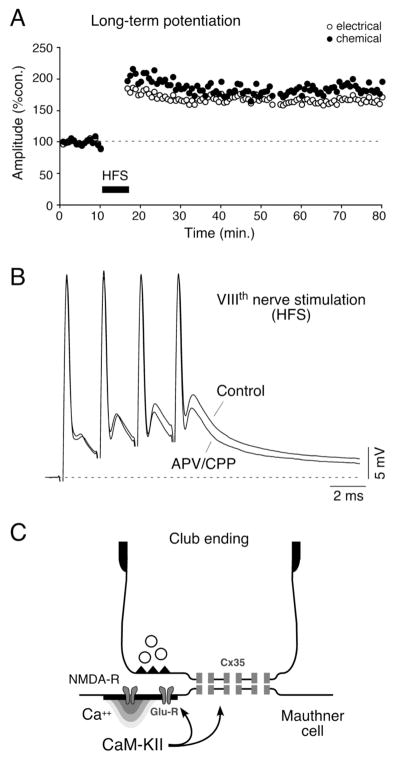Figure 2. Activity-dependent modulation of synaptic transmission in Club endings.
A, Discontinuous high frequency stimulation (HFS; trains of 6 pulses at 500 Hz, every 2 seconds for 4 minutes) of the VIIIth nerve evokes persistent potentiation of both components of the EPSP. Plot illustrates the amplitudes of the electrical (open circles) and chemical (filled circles) components versus time (each point represents the average of 20 traces) for one experiment. B, Induction of the short-term potentiations of the synaptic responses depends on NMDA receptor activation. Superimposed synaptic responses evoked by a train of four VIIIth nerve stimuli, in control and after superfusing with saline containing the antagonists (APV/CPP). Note that while the first chemical synaptic response produced by the train does not produce a significant NMDA receptor mediated response the late facilitated components do. C, Schematic representation of the proposed potentiating mechanism for Club endings. Influx of Ca2+ through NMDA receptors activates CaM-KII that phosphorylates either glutamate receptors and connexins or regulatory molecules. Modified from Pereda et al. (2004), with permission.

